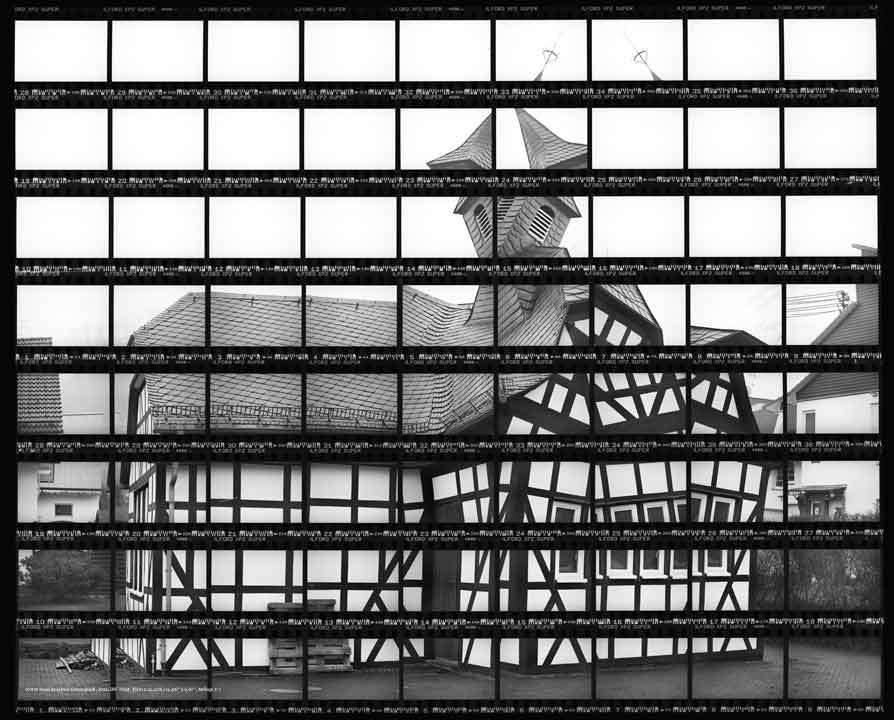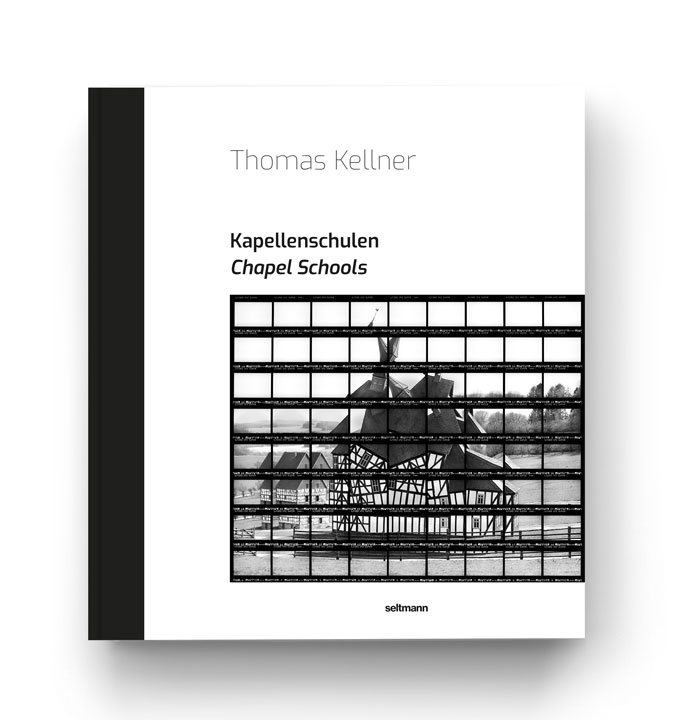Chapel school Grissenbach
In 1790, the Protestant and Catholic parishioners in Grissenbach built the first two chapel schools in the Netphen district. Grissenbach and Nenkersdorf decided to unite to form a school association in 1832. Around 60 years later, the first considerations arose about building a new common school building on the site of the original chapel school, which sparked a great conflict in the villages. In 1895, the Education Ministry made the final decision in favor of the new building. After almost ten years of planning and construction, the new chapel school was completed in 1902.
The school was expanded in 1967, but closed only two years later. From then on, it served first as a residential building and later as the “Grissenbach meeting place” for various events in the village, such as elections, women’s aid, church services, and private celebrations. In June 2021, an investor bought the chapel school. The chapel was desecrated and has since been in private use.
Grissenbach in: The Chapel Schools' Book
Chapel schools form a solitary architectural type for the Siegerland and its neighboring regions.
As stand-alone buildings and conspicuous in their surroundings, like the one in Grissenbach, they reveal the connection between religion and school education starting from the domain of Count William I of Nassau-Katzenelnbogen (1487-1559) and his son John VI of Nassau, Katzenelnbogen and Dietz (1536-1606). The hybrid used buildings existed until the end of the 19th century and in parts even until the 20th century.
Chapel Schools a solitary architectural type
The Siegen fine art photographer Thomas Kellner recognized the historical and cultural value of these buildings and set himself the task of preserving and recalling this typical regional cultural asset through a new medium. By means of photography he transfers the chapel schools into an artistic context and gives the historical topic a new dimension in the present (art).
Just as the chapel schools united in themselves two spheres of life, this publication also conveys different contemporary perspectives on the history and genesis of the chapel schools. While Kellner tries to rethink the type of building, which oscillates between profane and sacred, with his artistic realization, Chiara Manon Bohn, Isabell Eberling M. Sc. Dr. Andrea Gnam and Dr. Stefanie Siedek-Strunk provide an insight into the historical, architectural and religious classification of the chapel schools up to the pictures of Thomas Kellner in text contributions.











